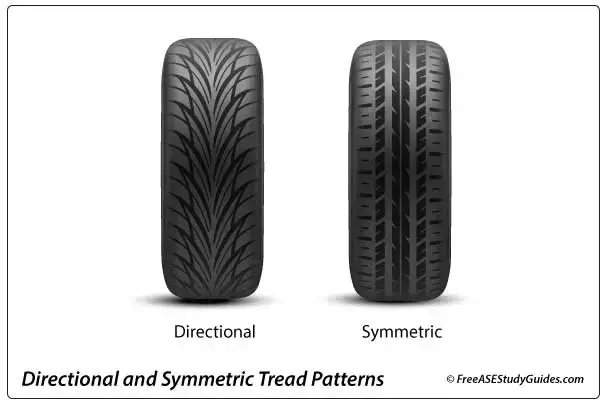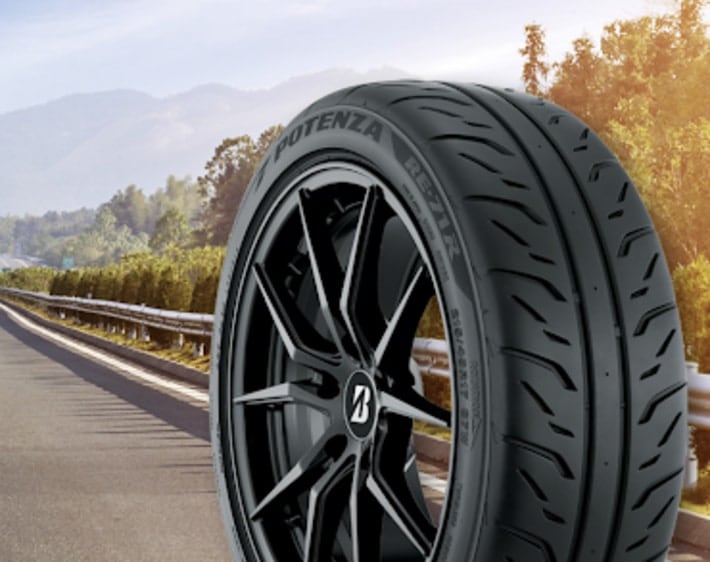How to Mount Directional Tires
To mount directional tires, ensure the tread pattern is facing the correct direction before installation. Follow manufacturer’s guidelines for proper alignment.
When it comes to mounting directional tires, it’s crucial to align the tread correctly. This ensures optimal performance and safety on the road. Directional tires are designed to rotate in a specific direction to maximize handling and traction. By mounting them properly, you can enhance your vehicle’s overall performance and grip on various road surfaces.
Understanding the correct mounting procedure can help you maintain your tires’ longevity and ensure a smooth driving experience. Let’s explore the steps involved in mounting directional tires correctly to get the most out of your vehicle’s performance and safety.
Preparation
Before mounting directional tires, proper preparation is essential to ensure the task is completed safely and effectively. Implementing the right tools and choosing a suitable location will set the stage for a successful tire mounting process.
Ensure Proper Tools
When mounting directional tires, having the right tools at your disposal is crucial. Ensure that you have the following tools ready:
- Tire iron or wrench for removing the lug nuts
- Jack and jack stands to lift the vehicle securely
- Tire mounting lubricant for aiding in the installation process
- Torque wrench for properly tightening the lug nuts
Choose Suitable Location
When preparing to mount directional tires, it’s important to select a suitable location that provides adequate space and a stable work surface. Ensure that the chosen location offers:
- Flat and level ground to work on
- Ample lighting for clear visibility
- Safety measures to prevent accidents or injuries

Credit: www.freeasestudyguides.com
Removing The Old Tires
Lift the Vehicle: Before beginning the process, ensure you have a safe, level area to work on.
Loosen Lug Nuts: Use a lug wrench to loosen the lug nuts slightly.
Remove the Old Tires: Carefully lift and place the old tire aside once all lug nuts are loosened.
Mounting The Directional Tires
Check Tire Rotation Arrows
Check the arrows on the tire to determine the correct rotation direction.
Align The Tires
Position the directional tires correctly according to the arrows for optimal performance.
Secure The Tires With Lug Nuts
Use lug nuts to securely fasten each tire in place to prevent any issues while driving.

Credit: www.firestonecompleteautocare.com
Balancing And Inflation
When it comes to mounting directional tires, proper balance and inflation are crucial for ensuring optimal performance and safety. Balancing the tires and inflating them to the correct pressure levels will not only extend the lifespan of the tires but also enhance the vehicle’s handling and fuel efficiency.
Balance The Tires
Balancing directional tires is essential to minimize vibration and avoid premature wear. Once the tires are mounted, it’s important to have them balanced using a dynamic balancer. This process involves adding small weights to the rim to counterbalance any uneven distribution of weight. Properly balanced tires lead to a smoother ride and help prevent steering and suspension issues.
Properly Inflate The Tires
Inflating the tires to the manufacturer’s recommended pressure is crucial for safety, performance, and longevity. Underinflated tires can lead to increased rolling resistance, reduced fuel efficiency, and uneven tread wear. Conversely, overinflated tires can result in reduced traction, a harsh ride, and increased susceptibility to road hazards.
- Check the vehicle’s manual or the sticker inside the driver’s side door jamb for the recommended tire pressure.
- Use a reliable tire pressure gauge to measure the pressure in each tire.
- If the pressure is low, add the necessary air using a good-quality air compressor or visit a gas station with a tire inflator.
- If the pressure is too high, release some air until it matches the recommended pressure level.
- It’s important to check the tire pressure regularly, especially before long journeys or significant temperature changes, to ensure optimal performance and safety.
Additional Tips
Mounting directional tires may seem straightforward, but there are some additional tips that will help you achieve optimal performance and longevity from your tires. Here are some essential guidelines to keep in mind:
Regularly Inspect The Tires
Inspecting your directional tires regularly is crucial for maintaining their overall condition and performance. By visually examining your tires, you can identify any signs of wear and tear, potential punctures or cuts, and general tread depth. It’s essential to keep an eye out for any irregularities, as they can affect the tire’s performance and safety.
Follow Manufacturer’s Guidelines
To ensure that you mount your directional tires correctly, it’s essential to refer to the manufacturer’s guidelines. These guidelines provide specific instructions for mounting the tires, including torque specifications and recommended tools. Following these guidelines will help prevent any installation errors that could lead to tire damage or poor performance.
Additionally, the manufacturer’s guidelines may also include specific recommendations for rotation patterns and intervals. Regularly rotating your directional tires ensures even wear and prolongs their lifespan. Make sure to follow these recommendations to maximize the performance and longevity of your tires.
Note: While this guide provides general tips for mounting directional tires, it’s always advisable to consult the manufacturer’s guidelines for your specific tire model. They may provide additional recommendations that are specific to your tire’s design and construction.

Credit: m.youtube.com
Frequently Asked Questions On How To Mount Directional Tires
Which Way Do You Mount Directional Tires?
Directional tires should be mounted in the direction indicated by the arrow on the sidewall. The arrow indicates the correct rotation direction for optimal performance and safety. Ensure that all tires on the same axle are facing the correct direction to maintain balance and traction.
What Happens If You Put Directional Tires On The Wrong Way?
Mounting directional tires in the wrong direction can compromise traction and handling. It can lead to reduced performance and safety risks, especially in wet or icy conditions. Always ensure directional tires are installed according to the designated arrow for optimal performance.
Do Directional Tires Have An Inside And Outside?
Directional tires do have an inside and outside. The tread pattern is designed for specific rotation direction.
What Are The Disadvantages Of Directional Tires?
Directional tires are not ideal for rotation, limiting tire life. They are also more prone to hydroplaning in wet conditions.
How Do Directional Tires Work?
Directional tires are designed to rotate in one direction to optimize performance, handling, and water dispersion on wet surfaces.
Are Directional Tires Better Than Non-directional Tires?
Directional tires offer improved traction, especially in wet conditions, as well as better handling and cornering compared to non-directional tires.
How Do I Know If My Tires Are Directional?
Look for an arrow or the word “Rotation” on the sidewall of your tire. If it’s present, it indicates that the tire is directional.
Conclusion
Properly mounting directional tires is crucial for vehicle safety and performance. Following the manufacturer’s guidelines and seeking professional help when necessary ensures a smooth and safe driving experience. By understanding the key steps involved in mounting directional tires, car owners can maintain their vehicle’s reliability and maximize tire longevity.

